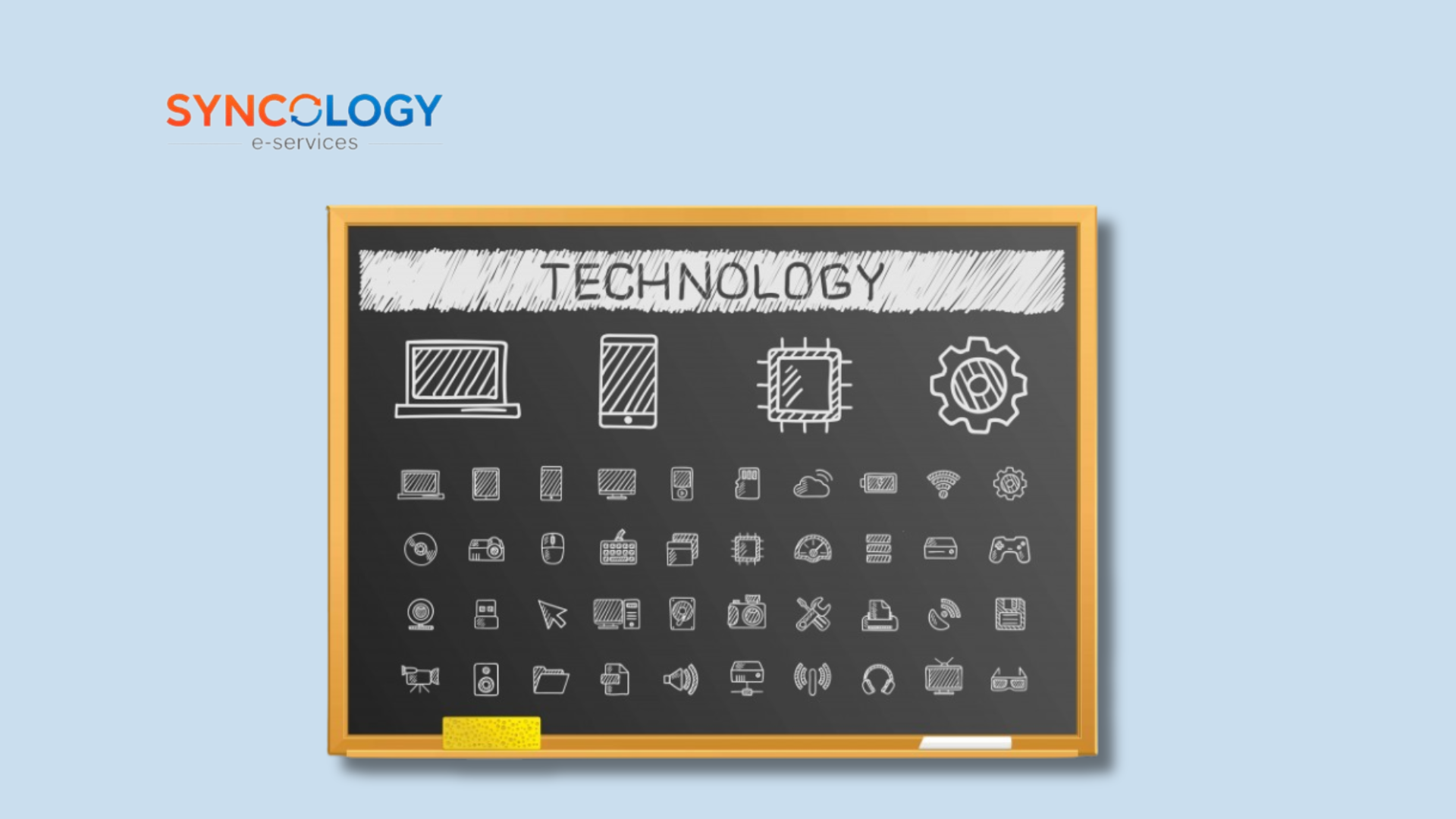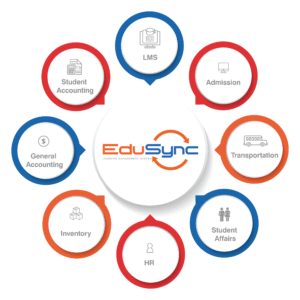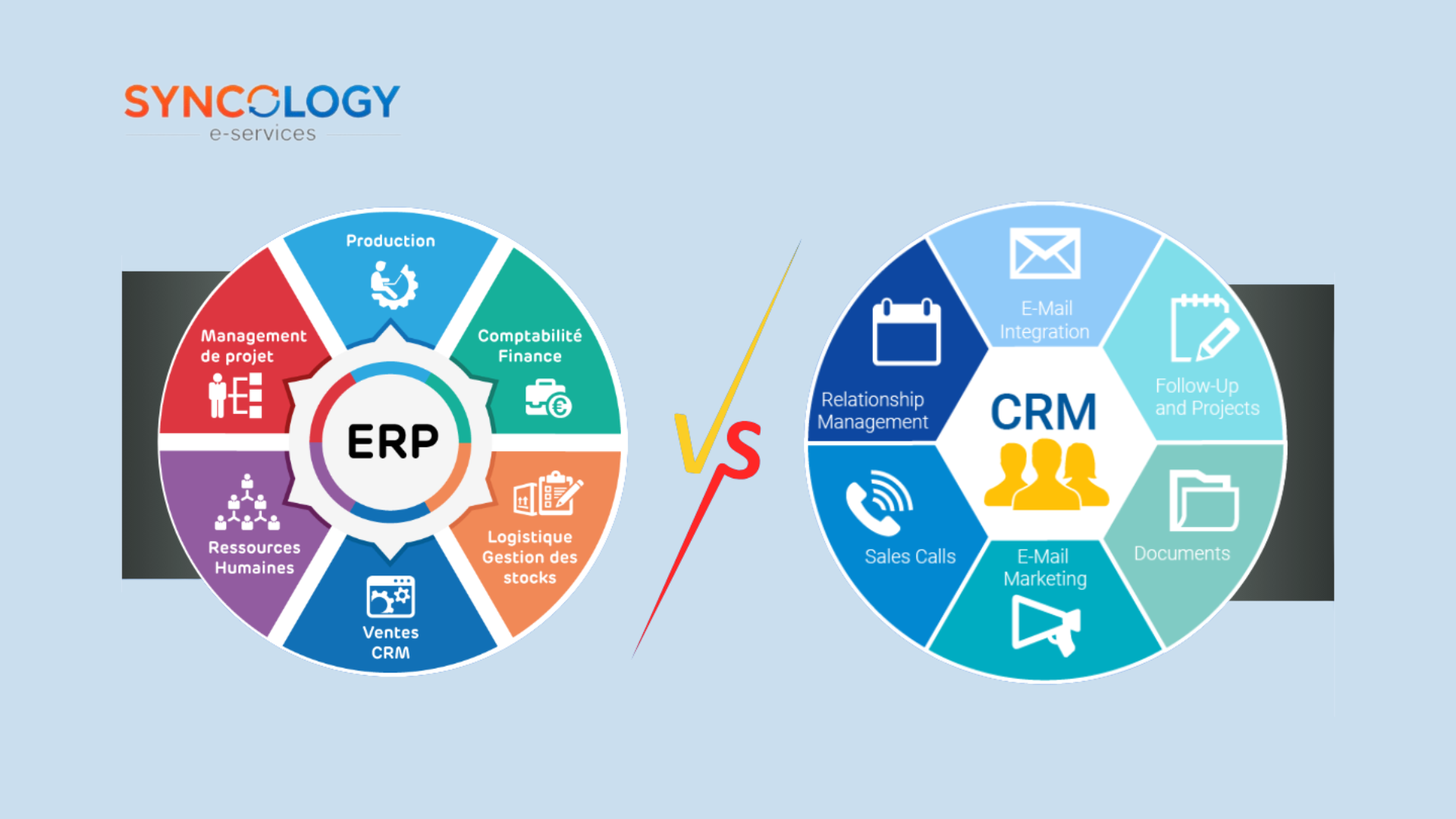
Full EdTech Integration Explained: Benefits, Challenges & Smart Adoption
Ever wondered what are the Benefits of Full EdTech Integration ?
Education today is no longer just about classrooms and textbooks. In 2025, schools are digital ecosystems where every decision depends on data, connectivity, and technology. Yet, many schools still operate with fragmented tools, one for attendance, another for exams, a separate one for finance, and yet another for communication. This creates silos, wasted time, and inconsistent data.
This approach wastes time, creates silos, increases IT costs, and frustrates teachers, students, and parents. The solution is clear: full EdTech integration. By connecting all your systems, from ERP and LMS platforms to hardware, and infrastructure, schools can unlock efficiency, security, and smarter decision-making.
In this blog, we’ll explore the key benefits of full EdTech integration, the overlooked advantages, and why schools that embrace integration are setting themselves up for long-term success.
In this guide, we’ll explore:
- Why fragmented education systems fail.
- Key benefits of full EdTech integration in Modern Schools.
-
The overlooked advantages schools often miss.
-
A step-by-step roadmap for EdTech integration.
-
Why EduSync is build to lead digital integration in schools
-
Conclusion
Why Fragmented EdTech Fails Schools
Schools operating with multiple standalone apps may seem convenient at first, but it creates long-term inefficiencies:
-
App fatigue: staff and students juggling too many logins.
-
Scattered data: difficult to track or report accurately.
-
High IT costs: more licenses, updates, and maintenance.
-
Weak security: multiple entry points create cybersecurity risks.
-
Parent frustration: families dealing with multiple portals for fees, grades, and attendance.
According to McKinsey, fragmented digital tools reduce ROI by up to 40% and delay true digital transformation.
So, Without full integration, digital transformation falls short, leading to inefficiencies instead of innovation.
Key Benefits of Full EdTech Integration in Schools
When schools adopt full EdTech integration, they move from isolated apps to a unified digital ecosystem. The benefits go far beyond convenience. It reshapes how schools operate, how teachers teach, and how students learn.
Here are the key advantages of Full EdTech Integration:
1. Enhanced Security & Compliance
Integrated platforms centralize data between systems and sectors, making it easier to apply encryption, role-based access, and regular audits. Compliance with student data protection regulations becomes simpler.
2. Time Savings for Teachers & Staff
No more duplicate data entry. Information syncs automatically across systems, freeing staff to focus on teaching and student support.
3. Improved Productivity & Collaboration
Teachers, admins, and leaders share one dashboard with real-time insights, enabling better teamwork and faster problem-solving.
4. Stronger Parent Engagement
Parents don’t want to manage multiple portals for fees, grades, attendance, and communication. Integration creates one gateway where parents can see everything, strengthening trust and involvement.
5. Better Learning Experience for Students
Students benefit from seamless synchronization of assignments, attendance, assessments, and resources, reducing confusion and improving learning flow.
6. Advanced Reporting & Analytics
By combining financial, academic, and HR data, schools unlock advanced insights such as correlations between attendance and performance, , insights that aren’t possible with a scattered systems.
7. Cost Savings
Maintaining one integrated platform is more cost-effective than paying for multiple disjointed tools and separate IT support.
8. Future-Readiness
Integration creates a scalable foundation for expansion, whether adding campuses, adopting new curriculums, or leveraging AI-driven learning. Schools are prepared for growth instead of being limited by outdated tools.
Overlooked Advantages of Full EdTech Integration
Beyond the obvious, integration delivers hidden but powerful value:
-
Eco-Friendly Operations: Going digital reduces paper use and costs.
-
Simplified Onboarding: New staff or students only learn one system, with Integration streamlines the learning curve.
-
Vendor Consolidation: Partnerships reduce licensing and support costs.
-
Data-Driven Culture: Unified data encourages evidence-based strategies.
📌 For more, see our blog: ERP Systems for Multi-Branch Schools.
Comparison: Fragmented vs Integrated Systems for Schools
| Factor | Fragmented Systems | Integrated Systems |
|---|---|---|
| Data Management. | Scattered, inconsistent. | Unified, accurate. |
| Costs | Higher licenses & IT | Lower long-term costs. |
| Security | Multiple weak points | Centralized, stronger |
| User Experience | App fatigue | One seamless portal |
| Decision-Making | Limited insights | Advanced analytics |
How Schools Can Embrace Full EdTech Integration ?
Adopting full EdTech integration may seem complex, but with the right roadmap it becomes manageable, step-by-step process that delivers long-term rewards. Here’s how schools can start:
-
Audit Current Systems
List all the software and tools in use (ERP, LMS, finance, attendance, communication) and identify overlaps, inefficiencies, and tools that don’t communicate with each other. -
Define Clear Integration Goals
Decide what you want to achieve: stronger parent engagement? Better analytics for decision-making? Reduced staff workload? Setting goals ensures you choose the right solutions and measure progress effectively. -
Standardize Data & Processes
Before integrating, schools should align workflows and data structures across departments to ensure smooth syncing. -
Choose Integration-Ready Platforms
Not every school system plays well with others. Look for ERP and LMS platforms designed for integration, with APIs, cloud scalability, and compatibility with your existing tools. Read our blog: SMS vs LMS to understand how these 2 systems complement each other when integrated.
-
Invest in Cloud Infrastructure
Cloud-based systems are essential for real-time integration, scalability, and remote accessibility. They also reduce the burden of maintaining local servers and manual updates.
-
Train Your Staff
Technology is only effective when people know how to use it. Provide hands-on training, user guides, and ongoing support to ensure smooth adoption.
-
Prioritize Cybersecurity
As integration increases data flow, robust cybersecurity measures (encryption, role-based access, and regular audits) are critical. -
Partner with the Right Provider
Success isn’t just about technology; it’s about support. Schools need a provider who offers guidance, training, and long-term partnership, not just a product.
Why EduSync is Built for EdTech Integration
At Syncology, we design ecosystems, not isolated tools.
EduSync from Syncology integrates:
-
ERP systems for admissions, HR, and finance.
-
LMS platforms for assignments, assessments, and digital classrooms.
-
Smart hardware (Safety, CCTV, automation).
With 11+ years of experience and 70+ schools served, we understand the pain points of schools face with scattered systems.
and we’ve designed EduSync to eliminate them.
Conclusion: A Smarter Future Demands Full Integration
The benefits of full EdTech integration go far beyond convenience.
It’s about creating one digital ecosystem where learning, operations, and communication come together seamlessly. Schools that invest in integration today aren’t just solving current inefficiencies; they’re building a foundation for sustainable growth, security, and innovation.
👉 Ready to unify your school systems into one powerful platform?
Request EduSync Free Demo and discover how integration transforms education.




